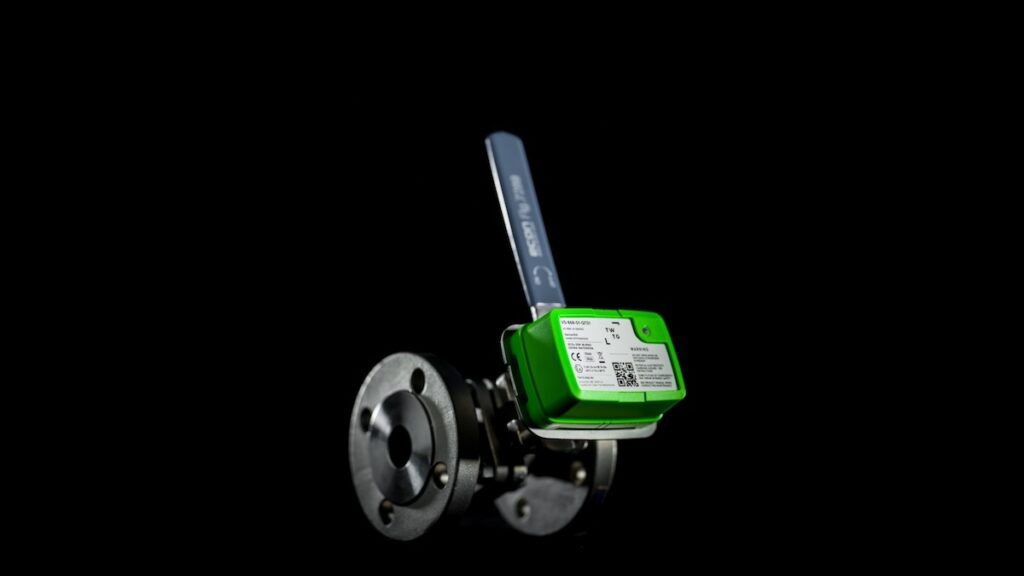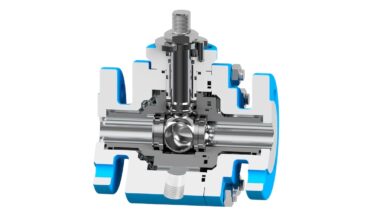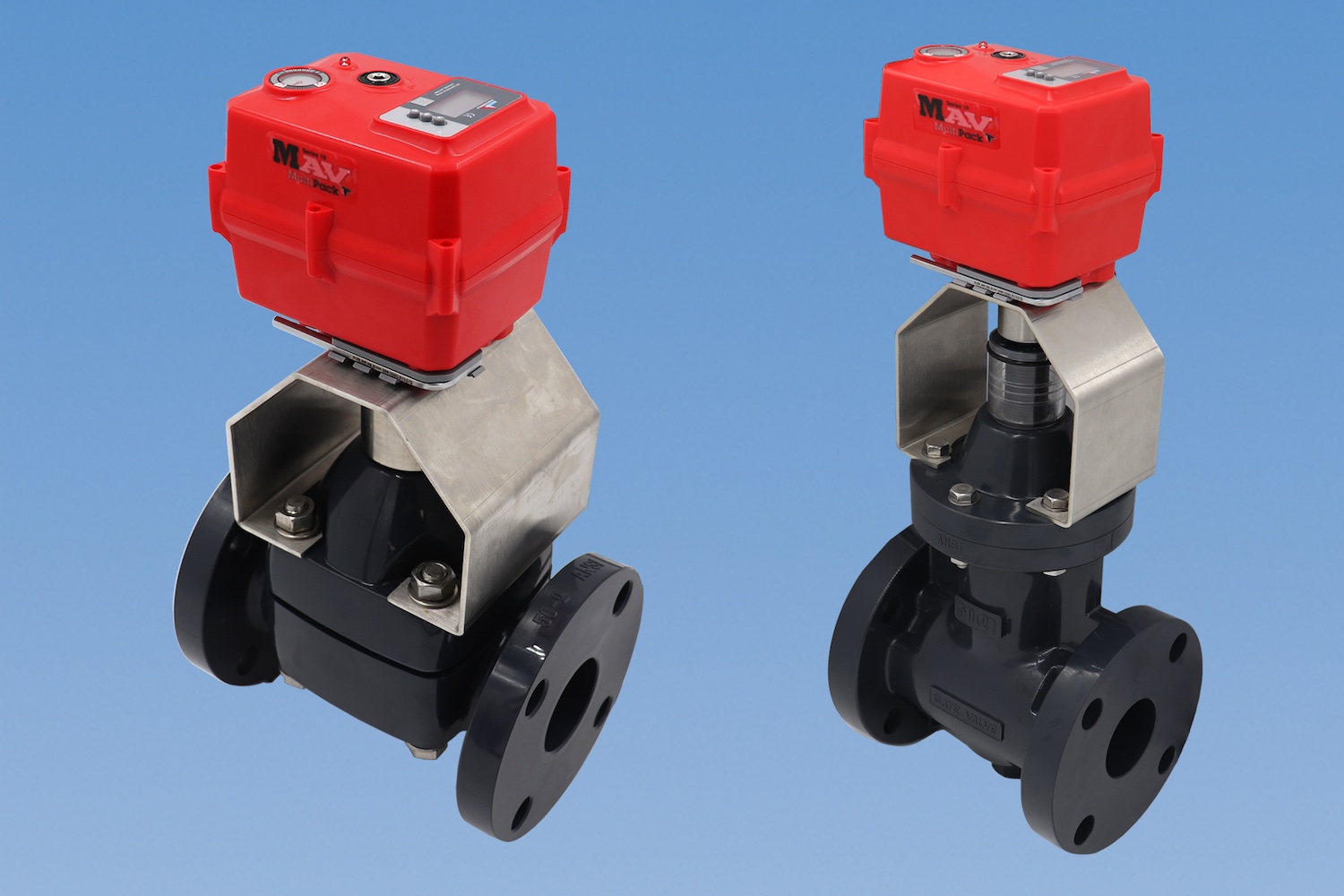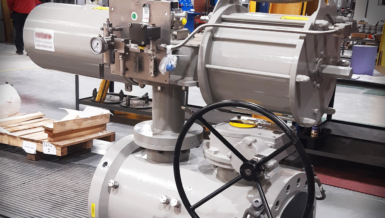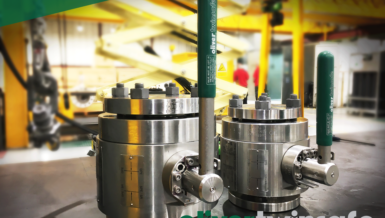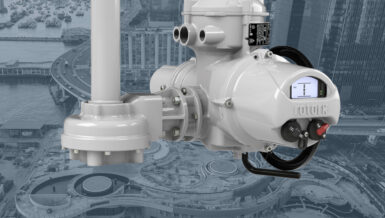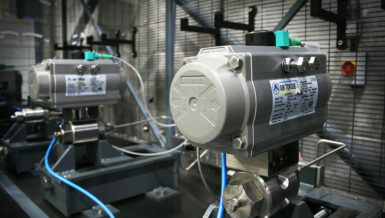With 72 terminals and more than 250,000 valves worldwide, the task of inspecting and maintaining assets is an absolute priority.
Traditionally, to achieve this, tens of thousands of processes and inspections are manually carried out every day to ensure the status and condition of assets are precisely where they should be.
Requiring a pair of engineers to visually inspect assets at regular frequencies is a proven and effective method to maintain impeccable safety standards. However, this is hugely taxing on time and resources. Putting the previously employed four-eyes principle to rest, far greater awareness is now provided via digital sensors, as a sensor is more reliable than a human being’s judgement.
Today, a critical factor in the survivability of any company is about being competitive. And probably the most effective way to accomplish this is by increasing efficiency and then passing down these benefits to customers.
The problem is, and has always been, how to increase operational efficiency without compromising safety?
With this in mind, Vopak has embarked on a new digitisation strategy to increase transparency, insight, and understanding of its operations. To achieve this, Vopak teamed up with Industrial IoT pioneers TWTG to operate a pilot at the Vopak Vlaardingen facility near Rotterdam.
Employing the emerging new technology LoRaWAN as the backbone of a future-proof wireless network provides a versatile, scalable, and affordable solution to digitisation.
With the LoRaWAN network providing connectivity across the entire site, the project’s main objective was to give previously unintelligent assets the ability to provide almost real-time data about their current status, allowing Vopak engineers to possess a comprehensive overview of the facility from the luxury of a control room or remote dashboard.
The decision was made to utilise the TWTG NEON range of sensors to harvest the necessary data from the assets. Invaluably, all NEON sensors are retrofittable, meaning Vopak can apply the sensors to existing infrastructure, avoiding the need to discard valuable equipment.
The first devices installed were the NEON Quarter-Turn Valve Sensors. These monitor the ‘closed’ and ‘not closed’ state of manual valves. Utilising magnetic field detection, each sensor can be calibrated either on the open or the closed position; Thus, any false positives are eliminated.
A digital sensor can achieve greater awareness, providing more frequent data with greater accuracy than a human’s judgment. Status changes are communicated immediately, hence every time the handle moves, it will be noticed and flagged on the dashboard.
Additionally, although these are new technologies, all TWTG sensors are already IECEx zone 1 / ATEX certified, removing any concern about using electronics within hazardous environments with potentially explosive gases present.
Clear objectives and expectations were set from the very beginning. Vopak knew what they needed to achieve. Firstly, to provide absolute certainty about a valves’ position to increase safety, avoid spillages, and prevent contamination.
And secondly, that the LoRaWAN sensors effectively communicate a valves’ state via remote dashboards. This meant information should be viewed from multiple on-site locations and that the data could be integrated into existing monitoring technology.
To begin the pilot, TWTG assisted in installing the LoRaWAN network and then NEON Valve Sensors were installed onto 368 manual quarter-turn valves. With each sensor only taking a few minutes to install and commission, engineers were soon able to scrutinise the results from the control room.
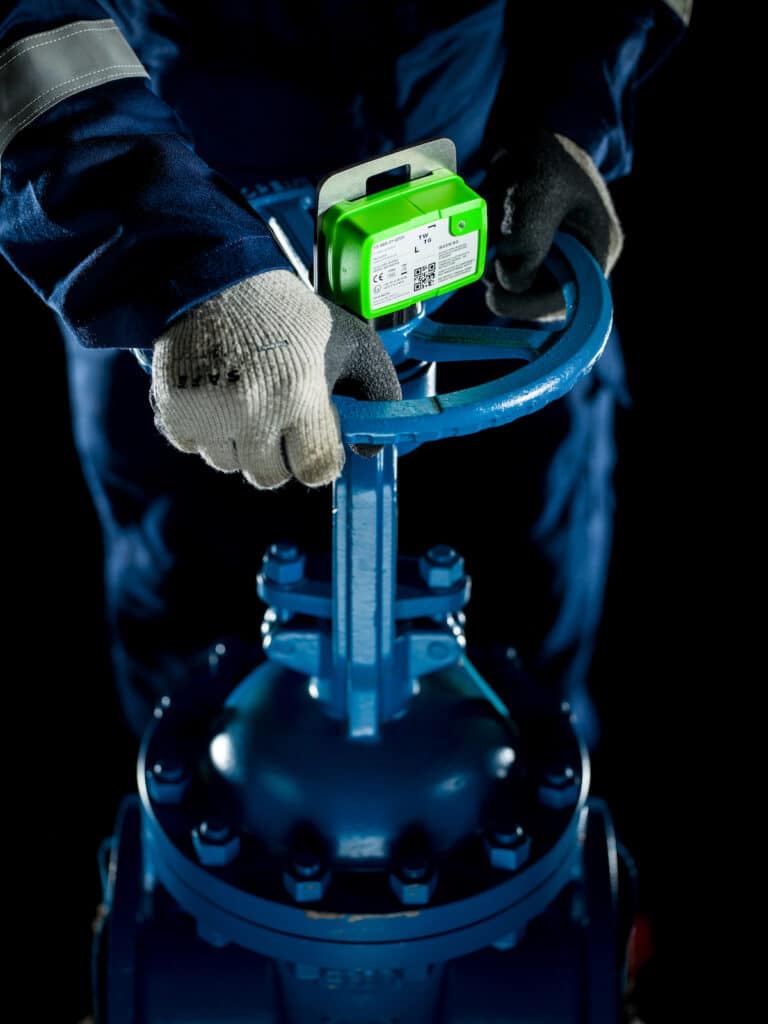
For Vopak, the pilot was a complete success, as Bart van der Meer (Vopak Innovation Lead) revealed, “We are proud to say that Vopak Vlaardingen now has the largest LoraWAN based IOT-sensor installation in our terminal network. This is a great step on a digitisation journey with the implementation of these new technologies.”
For TWTG, the pilot was a significant milestone in the increasing industry adoption of new technologies such as LoRaWAN, Nadine Herrwerth, Managing Director of TWTG, explained. “We’re very proud of the results of the pilot and look forward to seeing the NEON range at sites across the globe.
In short, this approach automates assets in a cost-efficient and simple way, empowering facility operators to manage the resulting data to make informed decisions.
Additionally, the low power aspect of a LoRa network allows devices to run solely on battery power for up to five years, negating any need for wires and cables. Simply put, this is game-changing for this industry”.



